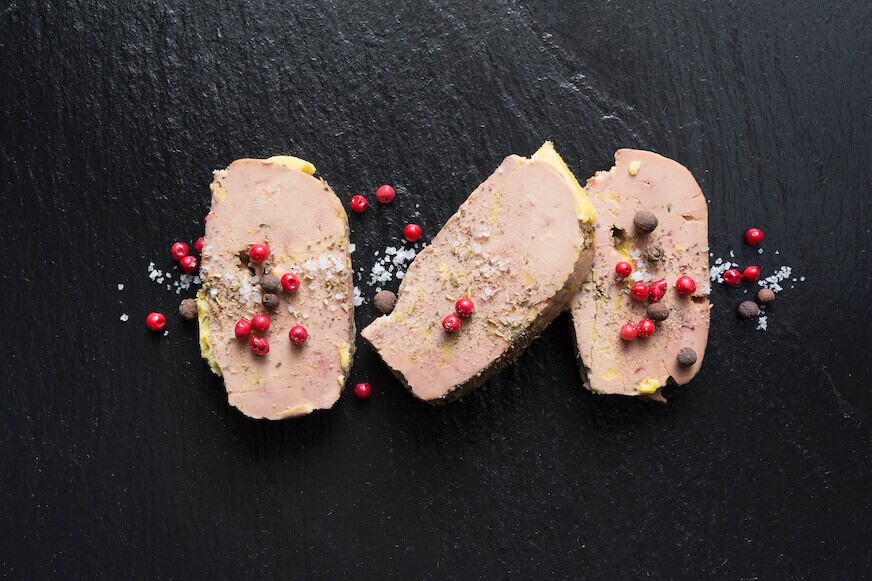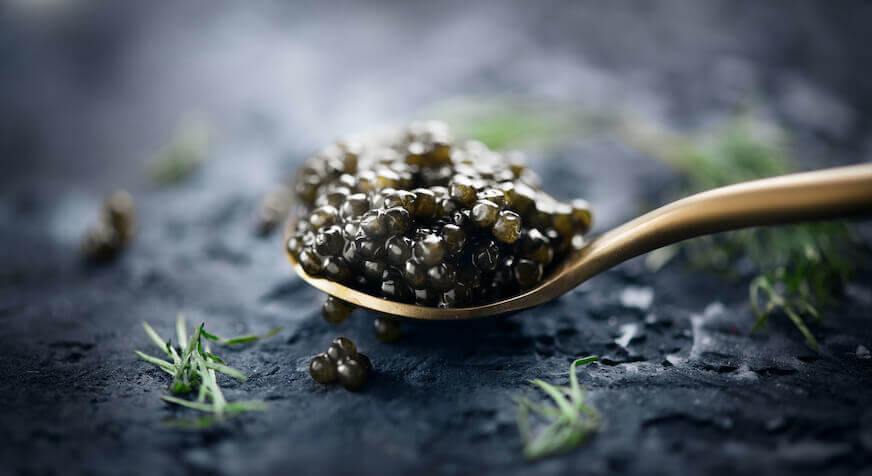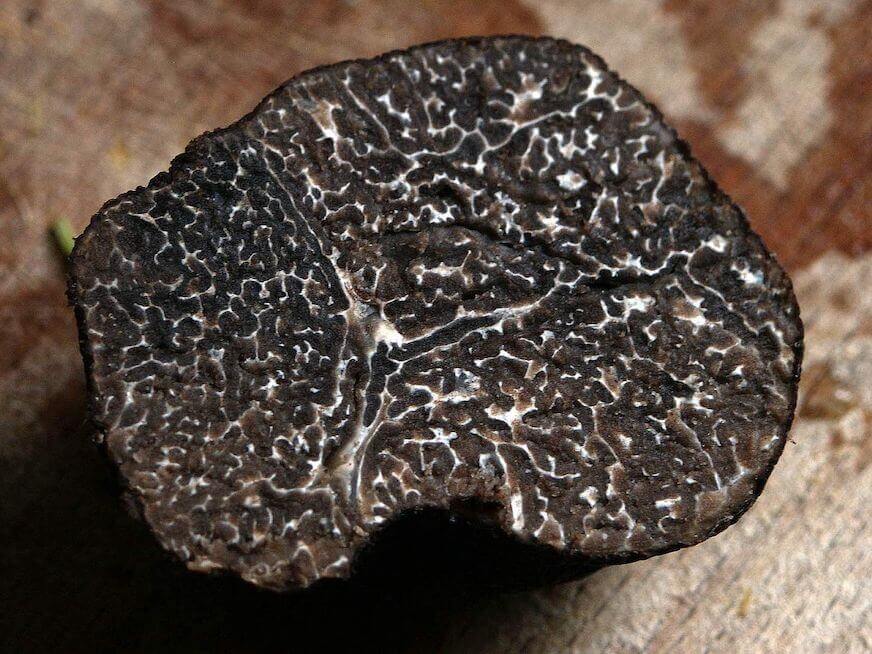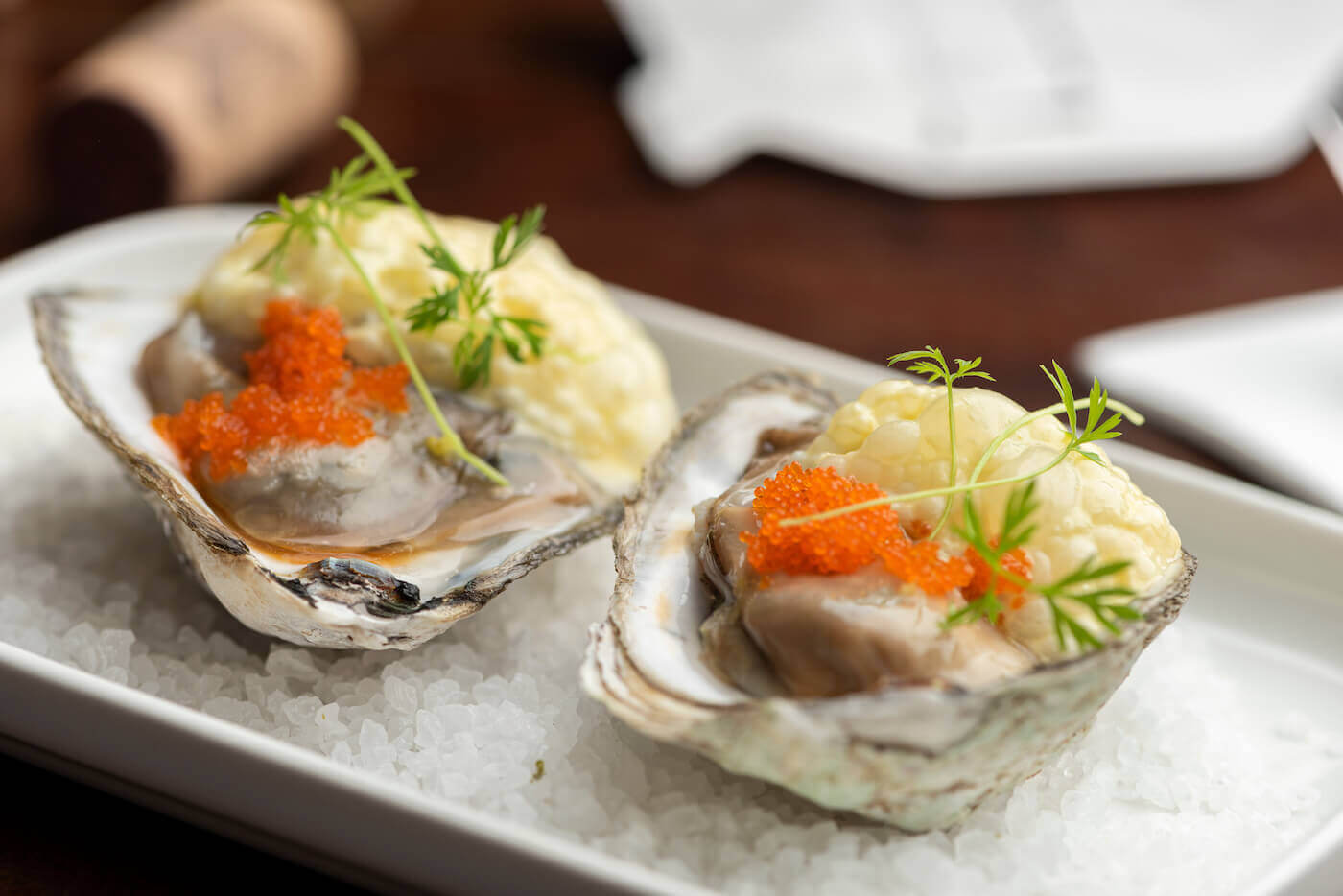The Three Main Western Delicacies

Consider yourself a “serious” home cook? You might feel it’s time to kick your cuisine skills up a notch and try the three main Western delicacies. These dishes utilize those culturally-rich, signature ingredients that delight the tastebuds.
Some of the most popular western dishes originated from the fundamentals of French cuisine that were popularized throughout the 1600s and 1800s. To this day—caviar, fois gras, and truffles remain the most rare and delicious western delicacies that even advanced chefs idolize.
So if you’re up to the challenge, and ready to spice up your at-home dishes, here’s everything you need to know about these three main western delicacies.
1. Foie Gras
This is perhaps the most controversial of all of the Western delicacies, as several areas including Chicago, parts of the European Union, and California have banned its use in the past due to animal welfare laws. It’s been served since ancient Egyptian times, eventually becoming incredibly popular in French cuisine.
Now, according to How Stuff Works, foie gras is the fattened liver of goose or duck through a force-feeding process called gavage. During this process, the liver grows up to 10 times its original size. This buttery and very expensive delicacy can be made domestically, but many fine-dining chefs will import foie gras for their recipes.

How to Serve Foie Gras
Many professional chefs choose to serve this dish cold and as a starter since it’s wonderfully rich in flavor. However, because of its creaminess and versatility, many chefs prefer it pan-seared, grilled, braised on high heat, or slow-cooked into a terrine.
If you’re ready to serve this western delicacy at home overheat, it’s important to cook it quickly and carefully. If overcooked, foie gras will tend to dissolve and melt, much like butter. One to two minutes on either side of your slices should usually do the trick.
As far as how to enjoy foie gras, it’s best to serve it alongside fruit or preserves, sliced on homemade toasted French bread. If you’re curious to discover tips on how to make a yeast-leavened, authentic French baguette, you can explore all of the best tips and tricks through the Escoffier Home Gourmet and America’s Test Kitchen online cooking classes, designed for serious at-home cooks.
2. Caviar
Traditionally served as a delicate appetizer with a glass of bubbly, caviar is one of those foods in cooking schools that translates to extravagance.
Quality caviar is slightly salty and embodies a mild “ocean water” flavor—without any overbearing “fish-forward” notes.
People typically either love or hate caviar, as it’s comprised of sturgeon eggs—the roe from a fish that is found in many regions, but most notably the Caspian Sea.
Three main types of caviar:
- Beluga: Noted as the largest and softest roe, this is the most expensive and highest-prized caviar variety.
- Osetra: Many say that osetra might be one of the finest caviar due to its distinct size, nutty flavor, and color.
- Sevruga: Arguably the most popular and “easy to access” caviar variety due to its affordability.
Culinary & Pastry Career Survey
Culinary & Pastry Career Survey
What's your ideal culinary career? Answer 20 simple questions and see if your dream career gets revealed to you.

We’ve compiled of all of the essential questions into one handy guide: Career options, description of skill requirements, and more!


How to Serve Caviar
According to The Spruce Eats, caviar should be served cold, in a non-metallic bowl, supported by a larger bowl filled with ice. If you attempt to serve fine caviar at home, it’s best to enjoy it alongside non-salted crackers, so the flavor profile of the caviar can shine.
Now, if you order caviar in restaurants, it might be doctored up a bit more—served with a lemon wedge, hard-cooked egg, or crème fraîche.
Finally, it’s important to note that all caviar is expensive and has a short shelf life, so make sure you do your homework and know how much you want to serve before purchasing.

3. Truffles
Truffles are technically fungi that bloom underground and must be foraged with truffle-sniffing dogs or pigs. Since they are rare and go through an extensive foraging process, they can also be quite pricey, but add a unique flavor to dishes that cannot be imitated.
Three species of truffles used in cooking, according to Eataly
- White: More expensive and aromatic than black truffles and usually served raw.
- Black: Very intense smell and usually cooked to enhance a dish.
- Burgundy: Noted as the autumn truffle—milder in flavor and less finicky to handle.
How to Serve Truffles
After truffles are cleaned, they are generally shaved or sliced onto foods just before eating. The overarching flavors of all truffles may correlate back to their aroma, which makes them a powerful ingredient to add to sauces, pates, eggs, butter, and pasta dishes.

Enhance Your Home Cooking Skills
It’s safe to say that infusing western delicacies into your cooking is no easy task for at-home cooks. If it seems daunting, you don’t have to fret, since there are ways to better your at-home cooking skills online!
You can start by exploring over 320+ online courses hosted by Escoffier Home Gourmet and America’s Test Kitchen Chef Instructors—all designed for serious home cooks. Or if you want to transform your passion for cooking into a professional food career, consider pursuing Escoffier’s online culinary arts degree and diploma programs.
Curious to explore more articles like this one? Read these next!
- 7 Ways to Thicken Vegan Recipes
- Cooking Oil Smoke Points & Why They Matter
- How to Make the Perfect Crème Brûlée
This article was originally published on July 19, 2013, and has since been updated.


